Which were the fastest-selling novels of nineteenth-century Britain?

This blog has been around for a while now, and our stats have indicated that although you readers are quite partial to our wild ramblings about Jane Austen, there’s one question that you’re FAR more interested in. In fact, I’d venture that the vast majority of you are reading this solely because you recently googled it.
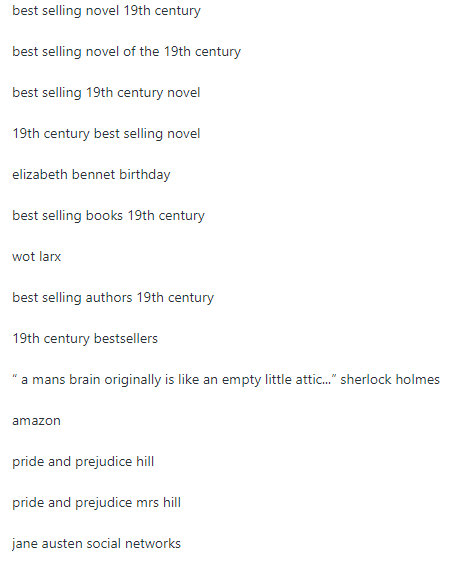
By far this blog’s most popular post is our list of 5 Major Bestsellers from the 19th Century (That You’ve Probably Never Heard Of), and a significant portion of the people accessing the post are actually trying to find out which 19th-century novels were the biggest sellers in their day. And this makes sense! It’s very difficult to find good data on this subject.
Clearly, there is an unsatisfied need for information on this topic, and the reading public deserves better than a listicle from 2016, so I’ve compiled some data to try and help out. Here, you’ll find a set of sales figures relating to various 19th-century works of fiction. Most of this data was compiled by the late great Richard Altick from a variety of different original sources, over the course of a lifetime of scholarship, and there are a few additional items that I’ve unearthed myself. I’ve brought this information together and grouped it – roughly! – in order to indicate which books sold the most copies over different time periods. There’s really more information than a single post can do justice to, so I’m hoping to produce this as a series. Today, we’re beginning with novels that were immediate hits – so, anything that sold extremely well over its first month or so in print.
Warning!
A few caveats apply to this set of rankings!
The first thing to say about the data is that it’s very much incomplete. There was no central authority recording sales figures in nineteenth-century Britain, and accurate records of sales simply don’t survive for many of the works that were published at the time. (If any readers happen to have verified information on other 19th-century novels which sold in large numbers, I’m very interested to hear about it!) Bear that in mind if you are planning to use this data for anything!
Secondly, I’ve treated the term “novel” pretty loosely here – apologies, book history scholars! I’ve included fiction which was published in serial form, fiction which was serialised and then appeared in book form, and novels which started out as books – all thrown together willy-nilly. Partly this is because it’s a feature of the data that was available, but I also think this gives a good overall impression of what people were willing and able to purchase at the time.
Another important point is that this data really only applies to works in English, and I don’t have much data for works originating (or reprinted) outside of the United Kingdom, although a few of these books do originate in the United States. Again, I’d be very interested in more globally-relevant information!
Finally, and perhaps most importantly, it’s worth remembering that in nineteenth-century Britain, sales figures don’t necessarily reflect a novel’s popularity. Most (if not all) new novels were published at prices which were aimed at the massive circulating libraries rather than retail customers, which meant that average readers had two choices. They could subscribe to a library to get early borrowing access to the latest novels, in much the same way that we go to the cinema to see the latest movies now. Alternatively, they could use a variety of strategies such as waiting for a cheaper, later edition; buying a second-hand (often ex-library) copy, or, if it was available, reading the serialised version as it came out in a magazine. What they generally did not do was buy a new copy at 31s 6d, which might* represent three weeks’ wages for a labourer. Almost all of the sales figures quoted here will include a large chunk sold directly to libraries, probably at a discount, and without consulting publishers’ records (many of which don’t survive), it is impossible to tell how many.
Without further ado, here are the 19th century’s most explosive fictional hits… as far as we know. Enjoy!
*Calculating wages and purchasing power in Victorian Britain is complicated. Here are some discussions of why.
Immediate successes
Works of fiction which sold in large numbers within their first month of publication
1 G. W. M. Reynolds, The Soldier’s Wife, 1852 (read it here)
First two penny numbers: 60,000 each in one day [Altick 1957, p384]
Perhaps an unexpected front-runner, Reynolds’s The Soldier’s Wife was serialised in the writer’s own magazine Reynold’s Miscellany and represented “part of Reynolds’s personal crusade against the army’s standard punishment of flogging” (Basdeo, 2021).
2 H. Rider Haggard, Maiwa’s Revenge, 1888 (read it here)
20,000 in one day [Altick 1969, p202]
3 Charles Dickens, The Haunted Man, 1848 (read it here)
18,000 in its first day [Altick 1957, p384]
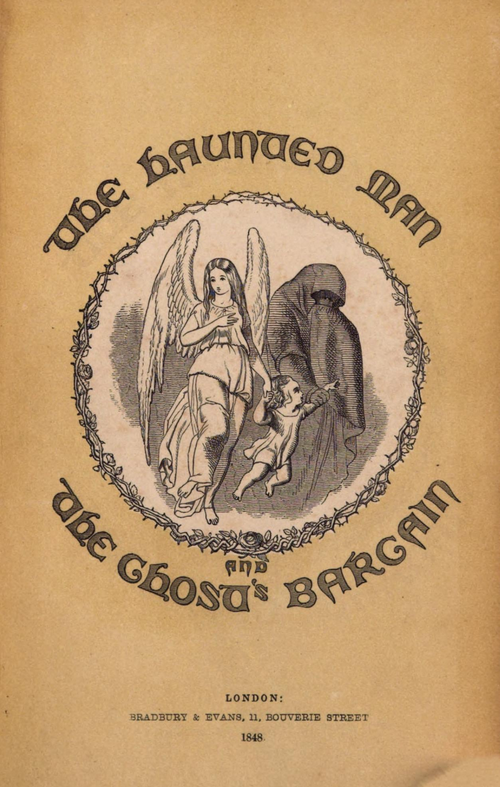
4 Charles Dickens, Our Mutual Friend, 1864 (read it here)
Part 1: 30,000 in three days [Altick 1957, p384]
5 Charles Dickens, A Christmas Carol, 1843 (read it here)
Book version: 6,000 in a day [Altick 1957, p384]
6 J. M. Barrie, Margaret Ogilvy, 1896 (read it here)
40,000+ copies “almost at once” (estimating this to be a week, this means average sales of 5714 books per day) [Altick 1969, p202]
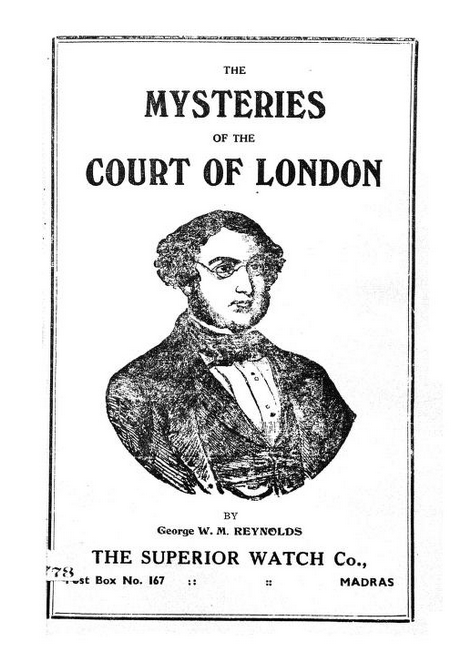
7 G. W. M. Reynolds, Mysteries of the Court of London, 1844-1847
Penny instalments (beginning in 1844) ran to “nearly 40,000 copies a week” in 1847, an average of 5714 per day [Altick 1969, p201]
8 Harriet Beecher Stowe, Dred: A Tale of the Great Dismal Swamp, 1856
100,000 in four weeks (average 3333 per day); 165,000 in the first year [Altick 1969, p201]
9 Charles Dickens, The Chimes, 1844
20,000 “almost at once” (assuming this to be a week, this means average sales of 2857 books per day) [Altick 1957, p384]
10 Walter Scott, Guy Mannering, 1815
2000 in one day [Altick 1957, p383]
11 Thomas Henry Hall Caine, The Christian, 1897
50,000 in one month (average 1667 per day) [Altick 1957, p386]
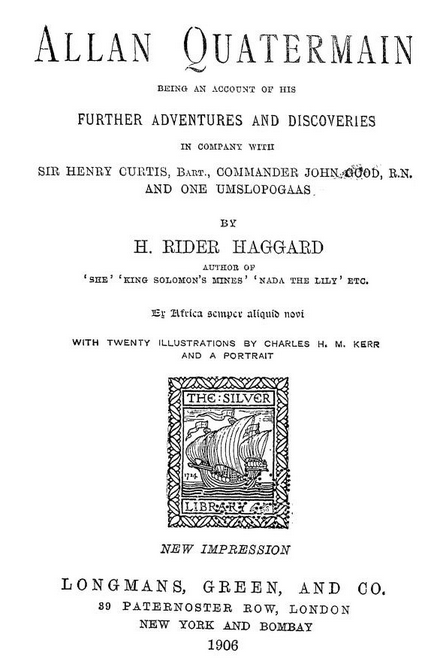
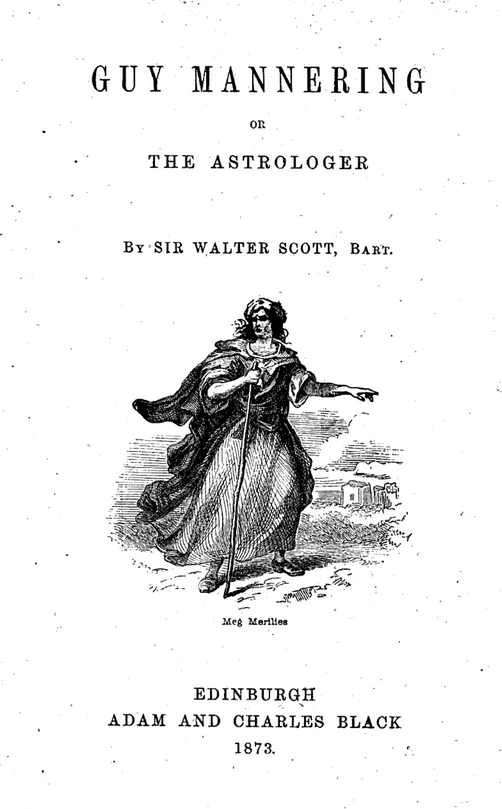

12 William Harrison Ainsworth, Crichton, 1837
1,250 in one day [Altick 1986, p283]
13 Walter Scott, The Antiquary, 1816
6000 in six days [Altick 1957, p383]
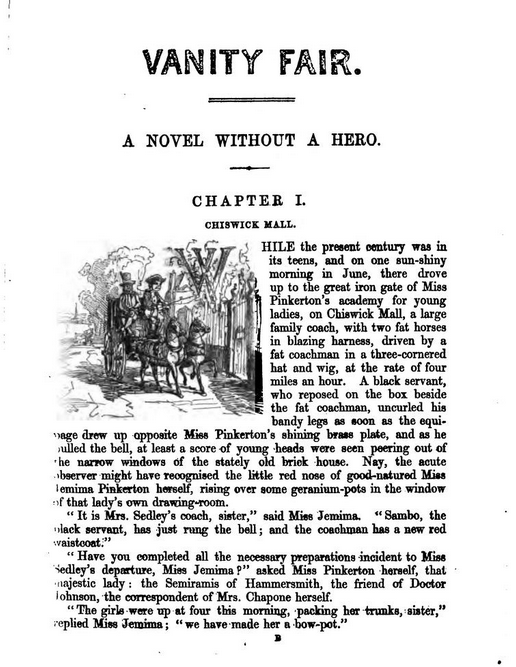
14 Benjamin Disraeli, Lothair, 1870
5,000 in five days [Altick 1969, p202]
15 Walter Scott, Rob Roy, 1818
10,000 in 14 days (average 714 per day) [Altick 1957, p383]
16 H. Rider Haggard, Allan Quatermain, 1887
1,700 in first ten days (average 170 per day) [Altick 1969, p202]
17 William Makepeace Thackeray, Vanity Fair, 1847-8
1,500 sold “immediately after publication” (Altick 1957, footnote to p385)
18 H. Rider Haggard, She, 1887
1000 in first seven days (average 143 per day) [Altick 1969, p202]
Part Two: Short-term successes is now up!
Sources
Altick, Richard D. The English Common Reader: a social history of the mass reading public, 1800-1900. Chicago: University of Chicago Press, 1957.
- This is freely available at the above link as a PDF. The Internet Archive also holds copies that can be borrowed if you sign up for a free account.
Altick, Richard D. “Nineteenth-Century English Bestsellers: A Further List”. In Studies in Bibliography 22, 1969, pp197-205.
Altick, Richard D. “Nineteenth-Century English Bestsellers: A Third List”. In Studies in Bibliography 39, 1986, pp235-41.
Colman, Anne, ‘Far from Silent: Nineteenth-Century Irish Women Writers’, in Gender perspectives in nineteenth-century Ireland: public and private spheres (Irish Academic Press, 1997)
How to cite this post
Wade, Karen. “The Bestselling English Novels of the 19th Century, Ranked: Part One.” The Sea of Books, 2 Feb. 2024, https://theseaofbooks.com/2024/02/02/the-bestselling-english-novels-of-the-19th-century-ranked-part-one/.
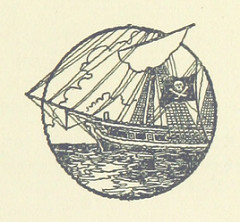
2 Comments Add yours